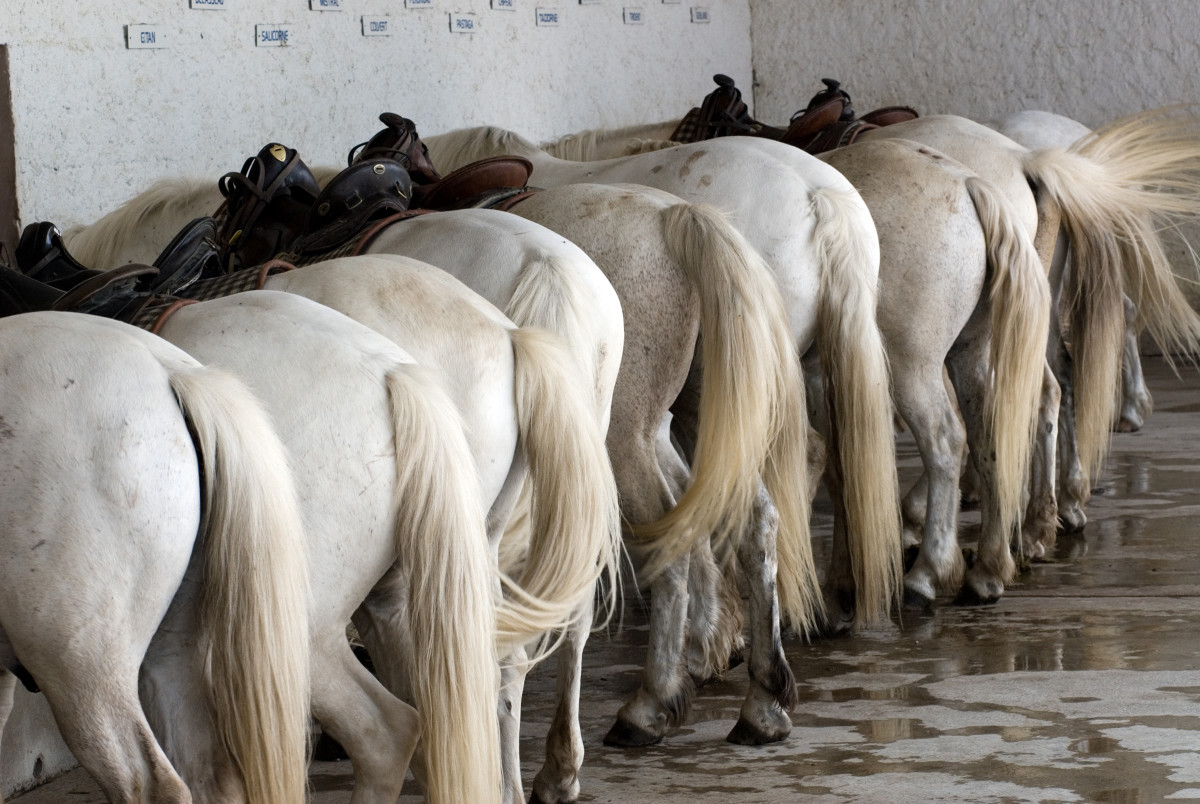
The Wiley Online Library recently published an article titled, “Long‐term outcome of 84 horses with sacroiliac joint region pain with (n = 69) or without (n = 15) other orthopaedic problems.”
The authors for this study were A. Nagy and S. Dyson, Animal Health Trust, Centre for Equine Studies, Newmarket, Suffolk; L. Quiney, MV Imaging, Bellshill, South Lanarkshire, UK.
Following is the summary.
Summary
“The objective of this study was to establish the long‐term outcome of horses with sacroiliac joint region pain alone, and those with sacroiliac joint region pain in association with other problems, that were managed conservatively. Horses diagnosed with sacroiliac joint region pain using diagnostic analgesia, with or without other concurrent orthopaedic problems, between January 2010 and December 2015 were identified. Only those horses managed conservatively were included in the study. Clinical data were obtained from the horses’ files. Information on outcome and on the immediate rehabilitation following diagnosis was obtained from the owner or rider via a standardised telephone questionnaire. Descriptive statistics were performed and a Chi‐squared test was used to assess association between the outcome and variables on signalment, clinical parameters and variables related to rehabilitation. One hundred and seventy‐eight horses were identified as cases; the questionnaire was completed for 84 horses (47.2% response rate). Fourteen horses (16.7%) returned to full work (mean follow‐up: 233.4 weeks). Ten horses (11.9%) were still working at this level at the time of the telephone questionnaire, one horse deteriorated after 2 years and three within 9 months. Twenty‐seven horses (32.1%) returned to a lower level of work. Twenty‐nine horses (34.5%) were retired and 14 (16.7%) were subjected to euthanasia shortly after the diagnosis. The outcome was significantly associated with the estimated magnitude of contribution of SI joint region pain to the horse’s problem (P = 0.03). No horses with sacroiliac joint region pain alone returned to their previous level of work. Chronic sacroiliac joint region pain, either alone or in combination with other orthopaedic conditions, carries a poor prognosis for returning to full athletic function and a guarded prognosis for returning to some form of athletic activity at a lower level.”








